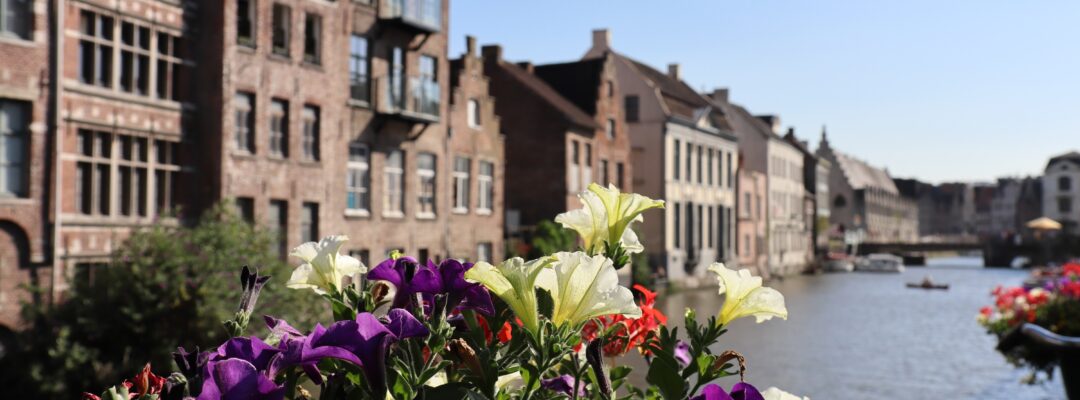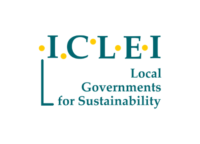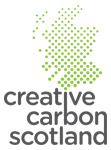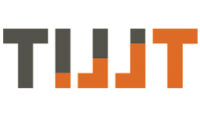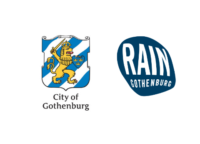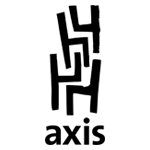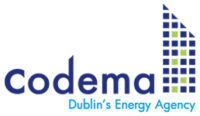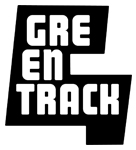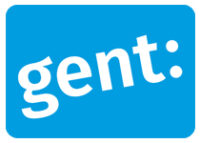Cultural Adaptations explores how artists can contribute to climate change adaptation. Four artists are currently embedded in adaptation projects in four cities in north-west Europe, collaborating with experts in climate science, urban design, business, healthcare and local government. In Ghent, artist Anyuta Wiazemsky Snauwaert is embedded in the Environment and Climate Department of the city of Ghent. These are her initial findings and interim conclusions.
In the beginning
For the European project Cultural Adaptations I work as an embedded artist on the desurfacing of the Paul De Smet De Naeyer Park (PDSDN). In the spring of 2019, I started as an embedded artist in the Environment and Climate Department of the City of Ghent. The City of Ghent municipality is a complex organization that has an impact on the lives of a few hundred thousand inhabitants, visitors, commuters and tourists.
My first months in the role could be called a “research phase” – a term that is often used in artistic practices. In this phase, I met people who work for the city and I participated in various meetings, with an aim to form a picture of the structure of the city as an organization. As an artist, I work on various subjects and often find that understanding an organizational structure is an interesting research topic in itself.
All the while, I was reflecting on how such a project would work: what form could this embedded artist project take? I prepared a proposal with two potential options, and some proposed ways of working: either, I could choose to create my own project within the city, but from an independent position – regardless of its structure; alternatively, I could choose to get involved in one specific project.
I thought of a number of ways through which I could work: hosting workshops for city employees and / or citizens; a search for a striking image for climate adaptation; or locating myself at a particular desk or place in the office of the city administration at certain key moments. I presented these different ideas during a number of meetings – each with officers of several departments present – and together we eventually decided that it would be most interesting for me to join the team of one specific project. In this case, we opted for the desurfacing of the Paul De Smet De Naeyer Park (PDSDN).
The desurfacing of PDSDN is one of many projects that are part of the roll-out of the Climate Adaptation Plan of the City of Ghent. This plan outlines a number of steps to make the city resistant to the anticipated effects of climate change, with a focus on creating more green spaces to provide nature-based solutions (heat absorption and water collection and infiltration).
Working as an embedded artist
What am I doing exactly? I am participating in internal city meetings on PDSDNP where I try to use my expertise as an artist. As an outsider, I try to contribute to the work on building community engagement and participation. I combine my experience as an artist working in participatory practice with my involvement with the PDSDNP project to actively support the design and organisation of local participation in the resurfacing process.
At the time of writing, this project is still in development, but I would like to list some intermediary thoughts and observations:
- Participation can take place at a very early stage. It need not wait after the concept has been formed but can be undertaken before working out a concept, and participation can provide the vital input for designing the initial concept;
- A proposal for a radical experiment: active community participation in the defining and setting of the specifications;
- Participation should not result in extra work for citizens, who already have a lot of social commitments. In a participatory project, one strives for a balance in time and input between volunteers and paid employees. We know all too well that the people who are most interested in participation are often the same people who, after working hours, also voluntarily go to other meetings, work groups, meetings or other social responsible activities in the evening. And at the same time, other people are paid to work on this process as part of their job. Ideally, citizens can provide their input and designers integrate this input into a supported concept. In projects such as these, citizens are the carriers of knowledge about how the neighborhood functions, what the needs and wishes are, but the designer does not have that information. In turn, the designer has expertise in spatial design, knowledge of the mechanisms of water infiltration and – not unimportantly – they are paid to improve the neighborhood as part of this desurfacing project. Unfortunately we sometimes see that there is hardly any contact between the citizens and the designers, so that committed citizens have to organize other actions after working to make their voice heard.
- This project is therefore a challenge in terms of exploring the possibilities for neighbourhood participation. Can participation be different from a few information sessions where written feedback is collected and processed? In which ways can the city guarantee a significant contribution by everyone without too asking too much from committed citizens? Is it possible, through a successful participation process, to empower citizens and to increase their willingness to take on climate adaptation? And what can we learn from this that we can apply in other projects as well?
- Climate adaptation is only one aspect of a sustainable future. The objectives of this project are linked to the climate adaptation strategy of the city, but one could also link other objectives to this project: restoring biodiversity, upgrading the park, strengthening social cohesion, stimulating the circular economy, etc.
- Food for thought: if you have a house adjacent to the public space – such as a park – do you have a different relationship with that public space than someone who lives a little further away, or someone who works in your area, or a tourist? How do those relationships differ? Do your usage, rights and obligations differ?
- For me this project is an experiment with “meeting”. You have at least three parties in these types of urban projects: the citizens, the city and the designer. In this project I want to help those parties meet. The format of these meetings is also something to be questioned: are there suitable alternatives for info sessions, for workshops?
Meeting with other embedded artists
An important part of the Cultural Adaptations project is the exchange between the different partners and four participating cities at four separate “Transnational Meetings”. In March 2019 the first transnational meeting took place in Glasgow, and at the beginning of November 2019 we went to Gothenburg where I again had the opportunity to meet the other embedded artists and get an update on how their projects are progressing. What struck me is that despite the differences between our practices, there are also some similarities:
- Embedded artists try to keep the process ‘open’ for as long as possible – and I see this tendency among many other fellow artists – although it is not an easy exercise. We have a natural tendency to quickly take action and for that you have to make things tangible. Yet if you first try to observe, collect and record as many impulses and information as possible, and seek inspiration, the concept (and your way of working) is formed more gradually.
- Climate adaptation plans and similar policy documents have been written for a very closed target group, making these documents inaccessible and difficult to understand for non-specialists. But everyone must be able to build the future, not just the technocrats. It is an interesting challenge to find the person behind the policy plan!

